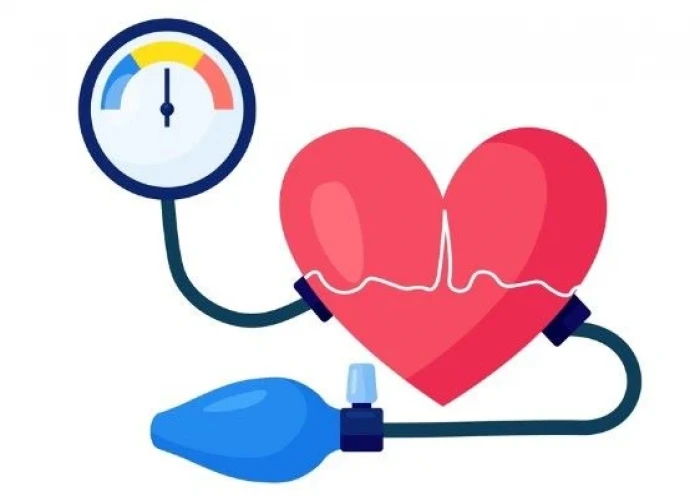 Welcome
Welcome
“May all be happy, may all be healed, may all be at peace and may no one ever suffer."
Low blood pressure (hypotension)

Low blood pressure, also known as hypotension, occurs when the pressure of blood in the arteries is abnormally low. While the normal blood pressure is typically around 120/80 mmHg, hypotension is generally considered to be a systolic blood pressure reading of less than 90 mmHg or a diastolic blood pressure reading of less than 60 mmHg.
There are several potential causes of hypotension, including dehydration, blood loss, heart problems, medications, endocrine disorders, and severe infections. Symptoms of hypotension can include lightheadedness, dizziness, fainting, blurred vision, nausea, and fatigue.
In general, treatment for hypotension depends on the underlying cause of the condition. If the hypotension is caused by dehydration, increasing fluid intake can help. If it's due to blood loss, treatment may involve blood transfusions or surgery. For hypotension caused by medications, adjusting the medication dose or switching to a different medication may be necessary.
Lifestyle changes, such as eating a balanced diet, avoiding alcohol and caffeine, and exercising regularly, can also help manage hypotension. In some cases, medications may be prescribed to help raise blood pressure.
It's important to speak with your healthcare provider if you experience symptoms of hypotension or have concerns about your blood pressure. While low blood pressure can sometimes be a normal variation in healthy individuals, it can also be a sign of a serious underlying condition.
Research Papers
Disease Signs and Symptoms
- Dizziness (vertigo)
- Fainting (syncope)
- Blurred vision of eye
- Nausea or vomiting
- Fatigue (Tiredness)
- Rapid pulse
- Low blood pressure (hypotension)
- Confusion, especially in older people
- Having no interest in any type of sexual activity, including masturbation
Disease Causes
Low blood pressure (hypotension)
Blood pressure is a measurement of the pressure in your arteries during the active and resting phases of each heartbeat.
- Systolic pressure. The top number in a blood pressure reading is the amount of pressure your heart produces when pumping blood through your arteries to the rest of your body.
- Diastolic pressure. The bottom number in a blood pressure reading refers to the amount of pressure in your arteries when your heart is at rest between beats.
Current guidelines identify normal blood pressure as lower than 120/80 mm Hg.
Blood pressure varies throughout the day, depending on:
- Body position
- Breathing rhythm
- Stress level
- Physical condition
- Medications you take
- What you eat and drink
- Time of day
Blood pressure is usually lowest at night and rises sharply on waking.
Blood pressure: How low can you go?
What's considered low blood pressure for you may be normal for someone else. Most doctors consider blood pressure too low only if it causes symptoms.
Some experts define low blood pressure as readings lower than 90 mm Hg systolic or 60 mm Hg diastolic. If either number is below that, your pressure is lower than normal.
A sudden fall in blood pressure can be dangerous. A change of just 20 mm Hg — a drop from 110 systolic to 90 mm Hg systolic, for example — can cause dizziness and fainting when the brain fails to receive enough blood. And big drops, such as those caused by uncontrolled bleeding, severe infections or allergic reactions, can be life-threatening.
Conditions that can cause low blood pressure
Medical conditions that can cause low blood pressure include:
- Pregnancy. Because the circulatory system expands rapidly during pregnancy, blood pressure is likely to drop. This is normal, and blood pressure usually returns to your pre-pregnancy level after you've given birth.
- Heart problems. Some heart conditions that can lead to low blood pressure include extremely low heart rate (bradycardia), heart valve problems, heart attack and heart failure.
- Endocrine problems. Parathyroid disease, adrenal insufficiency (Addison's disease), low blood sugar (hypoglycemia) and, in some cases, diabetes can trigger low blood pressure.
- Dehydration. When your body loses more water than it takes in, it can cause weakness, dizziness and fatigue. Fever, vomiting, severe diarrhea, overuse of diuretics and strenuous exercise can lead to dehydration.
- Blood loss. Losing a lot of blood, such as from a major injury or internal bleeding, reduces the amount of blood in your body, leading to a severe drop in blood pressure.
- Severe infection (septicemia). When an infection in the body enters the bloodstream, it can lead to a life-threatening drop in blood pressure called septic shock.
- Severe allergic reaction (anaphylaxis). Common triggers of this severe and potentially life-threatening reaction include foods, certain medications, insect venoms and latex. Anaphylaxis can cause breathing problems, hives, itching, a swollen throat and a dangerous drop in blood pressure.
- Lack of nutrients in your diet. A lack of the vitamin B-12, folate and iron can keep your body from producing enough red blood cells (anemia), causing low blood pressure.
Medications that can cause low blood pressure
Some medications can cause low blood pressure, including:
- Water pills (diuretics), such as furosemide (Lasix) and hydrochlorothiazide (Microzide, others)
- Alpha blockers, such as prazosin (Minipress)
- Beta blockers, such as atenolol (Tenormin) and propranolol (Inderal, Innopran XL, others)
- Drugs for Parkinson's disease, such as pramipexole (Mirapex) or those containing levodopa
- Certain types of antidepressants (tricyclic antidepressants), including doxepin (Silenor) and imipramine (Tofranil)
- Drugs for erectile dysfunction, including sildenafil (Revatio, Viagra) or tadalafil (Adcirca, Alyq, Cialis), particularly when taken with the heart medication nitroglycerin (Nitrostat, others)
Types of low blood pressure
Doctors often break down low blood pressure (hypotension) into categories, depending on the causes and other factors. Some types of low blood pressure include:
- Low blood pressure on standing up (orthostatic or postural) hypotension). This is a sudden drop in blood pressure when you stand up from a sitting position or after lying down.
- Gravity causes blood to pool in your legs when you stand. Ordinarily, your body compensates by increasing your heart rate and constricting blood vessels, thereby ensuring that enough blood returns to your brain.
- But in people with orthostatic hypotension, this compensating mechanism fails and blood pressure falls, leading to dizziness, lightheadedness, blurred vision and even fainting.
- Orthostatic hypotension can occur for various reasons, including dehydration, prolonged bed rest, pregnancy, diabetes, heart problems, burns, excessive heat, large varicose veins and certain neurological disorders.
- A number of medications also can cause orthostatic hypotension, particularly drugs used to treat high blood pressure — diuretics, beta blockers, calcium channel blockers and angiotensin-converting enzyme (ACE) inhibitors — as well as antidepressants and drugs used to treat Parkinson's disease and erectile dysfunction.
- Orthostatic hypotension is especially common in older adults, but it also affects young, otherwise healthy people who stand up suddenly after sitting with their legs crossed for long periods or after squatting for a time.
- Low blood pressure after eating (postprandial hypotension). This drop in blood pressure occurs one to two hours after eating and affects mostly older adults.
- Blood flows to your digestive tract after you eat. Ordinarily, your body increases your heart rate and constricts certain blood vessels to help maintain normal blood pressure. But in some people these mechanisms fail, leading to dizziness, faintness and falls.
- Postprandial hypotension is more likely to affect people with high blood pressure or autonomic nervous system disorders such as Parkinson's disease.
- Eating small, low-carbohydrate meals; drinking more water; and avoiding alcohol might help reduce symptoms.
- Low blood pressure from faulty brain signals (neurally mediated hypotension). This disorder, which causes a blood pressure drop after standing for long periods, mostly affects young adults and children. It seems to occur because of a miscommunication between the heart and the brain.
- Low blood pressure due to nervous system damage (multiple system atrophy with orthostatic hypotension). Also called Shy-Drager syndrome, this rare disorder has many Parkinson disease-like symptoms. It causes progressive damage to the autonomic nervous system, which controls involuntary functions such as blood pressure, heart rate, breathing and digestion. It's associated with having very high blood pressure while lying down.
Disease Prevents
Disease Treatments
Low blood pressure that either doesn't cause signs or symptoms or causes only mild symptoms rarely requires treatment.
If you have symptoms, treatment depends on the cause. For instance, when medication causes low blood pressure, treatment usually involves changing or stopping the medication or lowering the dose.
If it's not clear what's causing low blood pressure or no treatment exists, the goal is to raise your blood pressure and reduce signs and symptoms. Depending on your age, health and the type of low blood pressure you have, you can do this in several ways:
- Use more salt. Experts usually recommend limiting salt in your diet because sodium can raise blood pressure, sometimes dramatically. For people with low blood pressure, that can be a good thing.
- But because excess sodium can lead to heart failure, especially in older adults, it's important to check with your doctor before increasing the salt in your diet.
- Drink more water. Fluids increase blood volume and help prevent dehydration, both of which are important in treating hypotension.
- Wear compression stockings. The elastic stockings commonly used to relieve the pain and swelling of varicose veins can help reduce the pooling of blood in your legs.
- Some people tolerate elastic abdominal binders better than they do compression stockings.
- Medications. Several medications can be used to treat low blood pressure that occurs when you stand up (orthostatic hypotension). For example, the drug fludrocortisone, which boosts your blood volume, is often used to treat this form of low blood pressure.
- Doctors often use the drug midodrine (Orvaten) to raise standing blood pressure levels in people with chronic orthostatic hypotension. It works by restricting the ability of your blood vessels to expand, which raises blood pressure.
Disease Diagnoses
Disease Allopathic Generics
-
Dextrose
If blood pressure is extremely low. 5% or 10% dextrose in aqua 500cc/ 1 in 1000cc Inj. Fidaplex or any Vitamin Injection from 2cc to 10cc and Inj. Ascorbic Acid 5cc with Saline should be given 50/60 drops per minute in the vein of the patient. The number of days systolic pressure is below 100 and diastolic pressure is below 60, 10% of the above rule should be given.
-
Nandrolone Phenylpropionate
Nandrolone phenyl-propionate is a drug containing protein for weight gain and body fat.
After 7 days the injection should be given in the meat. 4/5.
-
Nandrolone Decanoate
Drugs containing nandrolone decanoate.
After 4 weeks or 1 month, 3/4 should be injected into the meat.
-
Vitamin B complex
for weakness.
1 each 3 times a day after meals.
-
Ferrous Fumarate + Folic acid
Ferrous fumarate + folic acid in capsule form for blood.
1 serving 2 times a day after meals.
-
Ferrous Gluconate
Do 1 daily.
-
Ferrous Sulfate
Do 1 daily.
-
Pancreatin
If there is no taste for food i.e. for taste or digestion.
1 pill after meal.
-
Diazepam
To reduce mental restlessness or anxiety.
Take 1/2, 1 pill daily.
-
Prochlorperazine Maleate
If you have dizziness or nausea.
1 pill 2/3 times a day as needed.
-
Super Antioxidant, Vitamins & Multimineral
Vitamins with antioxidants for increasing the body's energy or for long-term consumption.
Disease Ayurvedic Generics
Disease Homeopathic Generics
-
China officinalis
30, 200 strength.
-
Aconite
30, 200 strength.
-
Phosphoric acid
200 strength.
-
Aurum metalicum
3, 6 strength.
-
Opium
6 strength.
-
Digitalis purpurea
6, 30 strength.
-
Ammonium carbonicum
200 strength.
Disease yoga
Low blood pressure (hypotension) and Learn More about Diseases
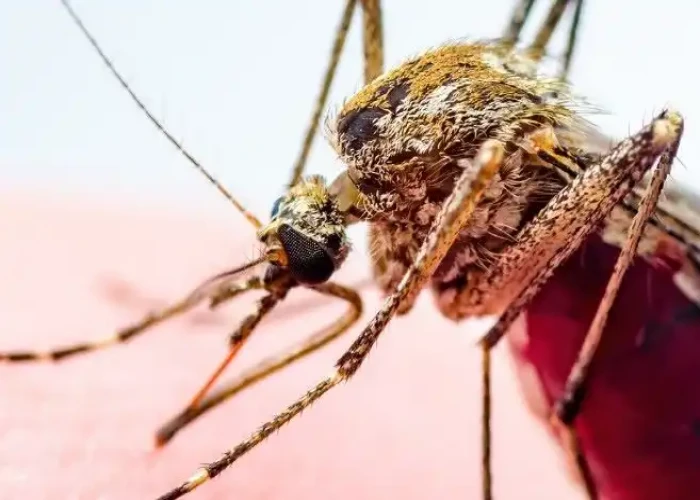
Valley fever
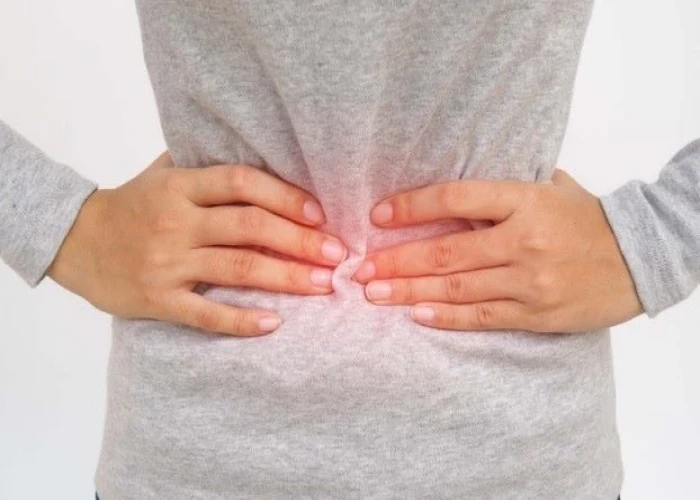
Rectal prolapse

Enlarged heart
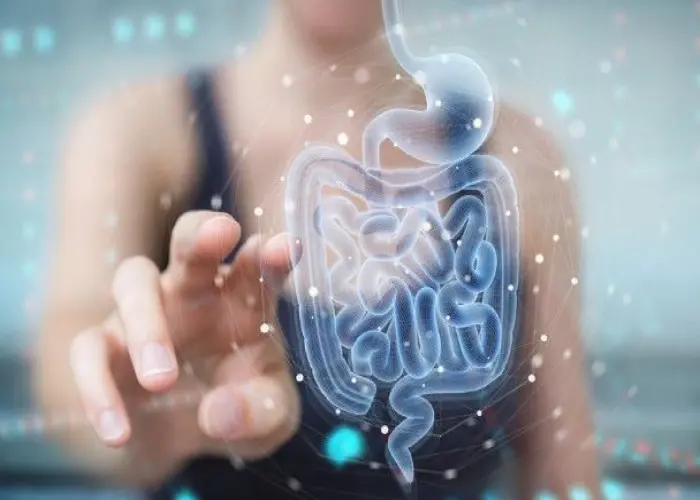
Inflammatory bowel disease (IBD)
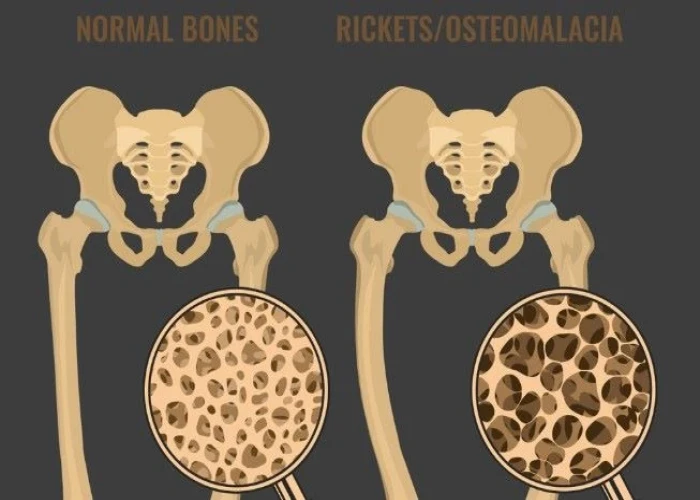
Osteomalacia

Giardial Dysentry
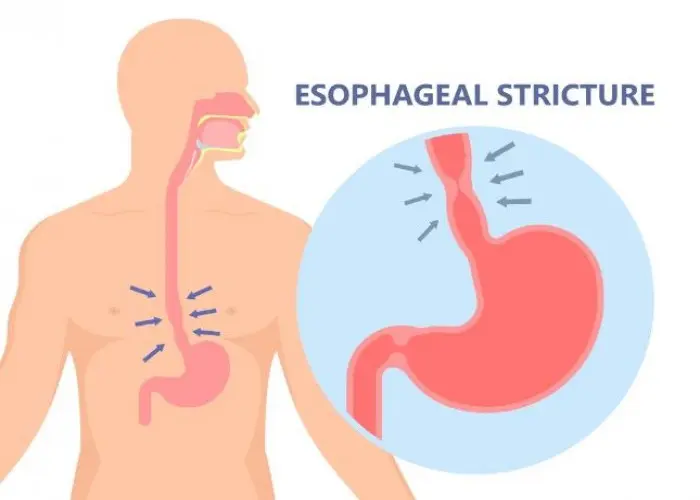
Eosinophilic esophagitis

Neck pain
Low blood pressure, hypotension, নিম্ন রক্তচাপ, হাইপোটেনশন
To be happy, beautiful, healthy, wealthy, hale and long-lived stay with DM3S.
